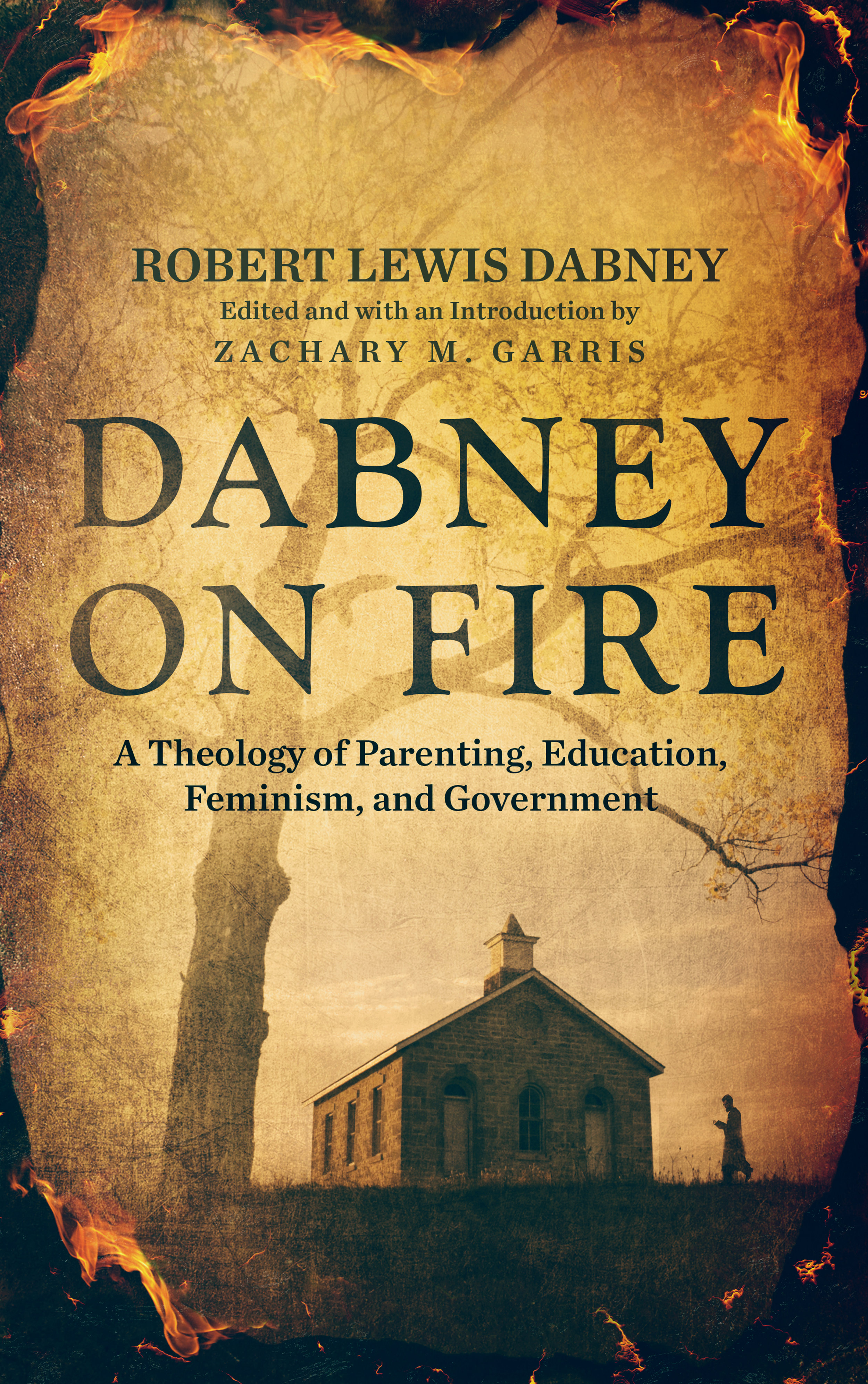The Inefficiency of Public Schools (Some Statistics)
/Government interference in education drives up the cost of the product. Don’t believe me? Just look at the statistics. Public schools spend far more per student than private schools, and this doesn’t take into account the fact that public schools pack in more students per classroom (40% more on average). This is proof that the free market works and that government needs to get out of the educational business. Take a look at the stats:
Number of Schools in the U.S.
Public 99,817 (67,000 of which are elementary)
Private 33,370 (21,000 of which are elementary)
Number of Students Enrolled in U.S. Schools
Public 49,484,181
Private 5,488,000
Homeschool 1,508,000 (estimate)
Number of Teachers in the U.S.
Public 3,099,095
Private 437,410
Student to Teacher Ratio
Public 16.0 to 1
Private 10.7 to 1
Expenditure Per Student
Public $13,041 Per Student
Private $8,549 Per Student
Public schools spend an average $4,492 more per student than private schools (53% more!). Add to this the fact that public schools have more students per teacher in class (16 compared to 10.7). It is clear that public schools are far less efficient than private schools. Who would have thought the government wastes money?!?
So how are public schools spending their money?
Average Salaries in Public School
Superintendents $162,000
High School Principal $102,000
Counselor $53,000
Librarian $55,000
Teacher $50,000
The average public school teacher makes $50,000 per year. Compare this with the average private school teacher who makes only $36,000.
Also notice that public schools spend a ton of money on administration, with principals averaging $102,000 and superintendents $162,000. Public schools also hire a much larger number of administrative staff, many of whom are unnecessary. While most private school employees are teachers (roughly 75%), public schools have about the same number of administrators as teachers (so 50% administration). This should not surprise us though, as government seems to always create unnecessary jobs that the private sector would not tolerate.
And this makes no mention of the quality of private schools, which often provide a better education than public schools. (The above statistics include college prep schools.)
What does this say about government involvement in education? It is clear that teachers’ unions and government bureaucracy cost parents more money for their children’s education than they should. But since this money is confiscated through taxation, parents don’t directly see just how much public schools are actually charging per student.
Some may respond that private school teachers do not make enough money. However, we do not know how much private school teachers would make in a truly free market. Under the current system, government schools have a monopoly because of compulsory taxation and attendance laws. But we can say this—if all education was private, the best teachers would make more money. And we can be sure that every teacher making a $50,000+ salary would be earning it. But with the government system and tenure, even bad public school teachers are making far more than good private school teachers. This is a sad situation indeed.
Statistics from https://www.edreform.com/2012/04/k-12-facts/







